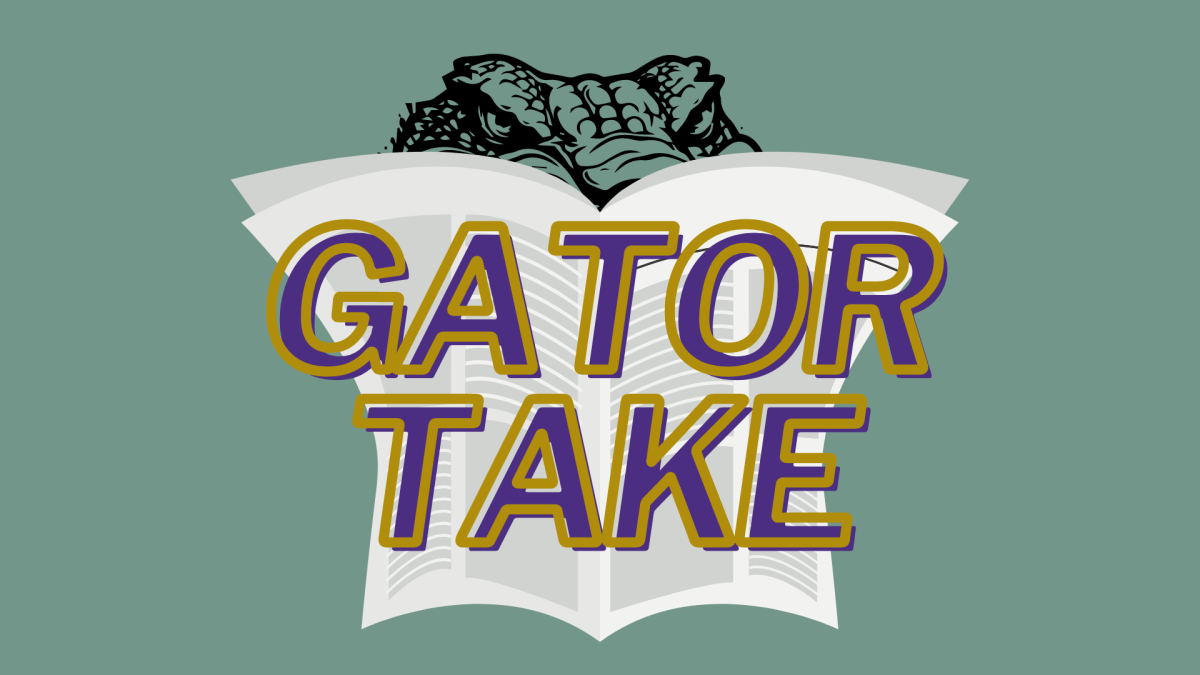Throughout my 17 consecutive years of education, I’ve gained both a passion for learning and huge distaste for the American education system.
One of the many problems in this system I’ve encountered is the fact that I was lied to when it came to the reality of how America came to be. Most of what I was taught was a skewed misinterpretation of what America wants to cover up.
I grew up thinking that Christopher Columbus was a hero who helped discover the Americas, rather than someone who took what wasn’t his to take. He and his crew raped and pillaged the Bahamas and other parts of South/Central America.
What else was covered up? The real meaning of Manifest Destiny. I was originally taught that there were seldom Natives on this land who didn’t have civilized cities or towns like Cahokia in Missouri. I was taught that the native people simply had horrible immune systems, instead of receiving blankets that were purposefully contaminated by settlers, that they were never murdered or raped or forced off their own land because of an idea that selfish people created to justify their expansion.
SF State American Indian studies professor Amy Casselman said she has witnessed firsthand how oppression is repeated to the uninformed public. “It is also very disturbing to me that this ignorance is often manufactured by the people and institutions in power who shape the way that we learn about our history,” Casselman said.
An example of a pushback happened in 2015, when Roni Dean-Burren’s post on facebook went viral after she pointed out that her son’s textbook referred to enslaved Africans as “workers.”
The corporatization and capitalism of education, which stems from unequal resources in schools, is just one more issue in our education system. Wealthier neighborhoods are taxed higher for public schools in their area, and although it helps the students attending those schools, it creates an educational rift between higher and lower income families, correlating the amount of money one has with the level and quality of education one receives.
A public school in Carson most likely doesn’t receive the same educational resources as a public school in Beverly Hills would, although they both are apart of Los Angeles County. Why should a student’s education suffer because of a lack of resources predetermined by the amount of money their family has and the type of neighborhood they live in?
By separating low income neighborhoods from high income neighborhoods through an inconsistency of educational resources, we teach students who are in low funded schools that their opportunities are limited. This discourages many students from aiming for success and widens the wage gap between classes.
This argument can be applied to the collegiate level as well. Students who had less opportunities and resources in grades K-12 have a lower chance of getting into “high ranking” universities or even attending college in general. Those who do are faced with the burden of taking out student loans.
This ties us to national student debt, a huge problem in America. According to two articles from Forbes, the national student loan debt rose from an accumulative of $1.2 trillion to $1.3 trillion from 2013 to 2017. 44 million graduates share the burden of paying back loans plus interest.
Pierre Sjögreen, environmental studies and international relations major, moved from Sweden to the United States when he was 10 years old. He said the education he received there didn’t differ much from what he received here at an elementary level, however now that he’s in college, the difference he sees is the cost of tuition. Sweden provides free education for public universities.
“It’s a bit upsetting that we have to take on debt in order to advance ourselves, because it adds risk to this cause: If your investment doesn’t pan out, then you are in a worse place than when you started,” Sjögreen said.
SF State economics professor Joel Voelz, said student debt can be attributed to the mismatch of the amount of loans taken out and the financial pay off 10-15 years after college. “The main beneficiary of the student loan program has been universities,” Voelz said. “Knowing that their customers — students or student’s parents — will always find a way to pay for their ‘product’ (college education) reduces universities incentive to reduce or keep costs under control.”
School is the first non-family related institution that children are involved with, therefore, education is the first experience that they assimilate with. If we teach children from the beginning that education is a competition, that schools work like businesses, that certain atrocities the United States committed are excusable, we are ruining the future of this country.
WAKE UP AMERICA!







